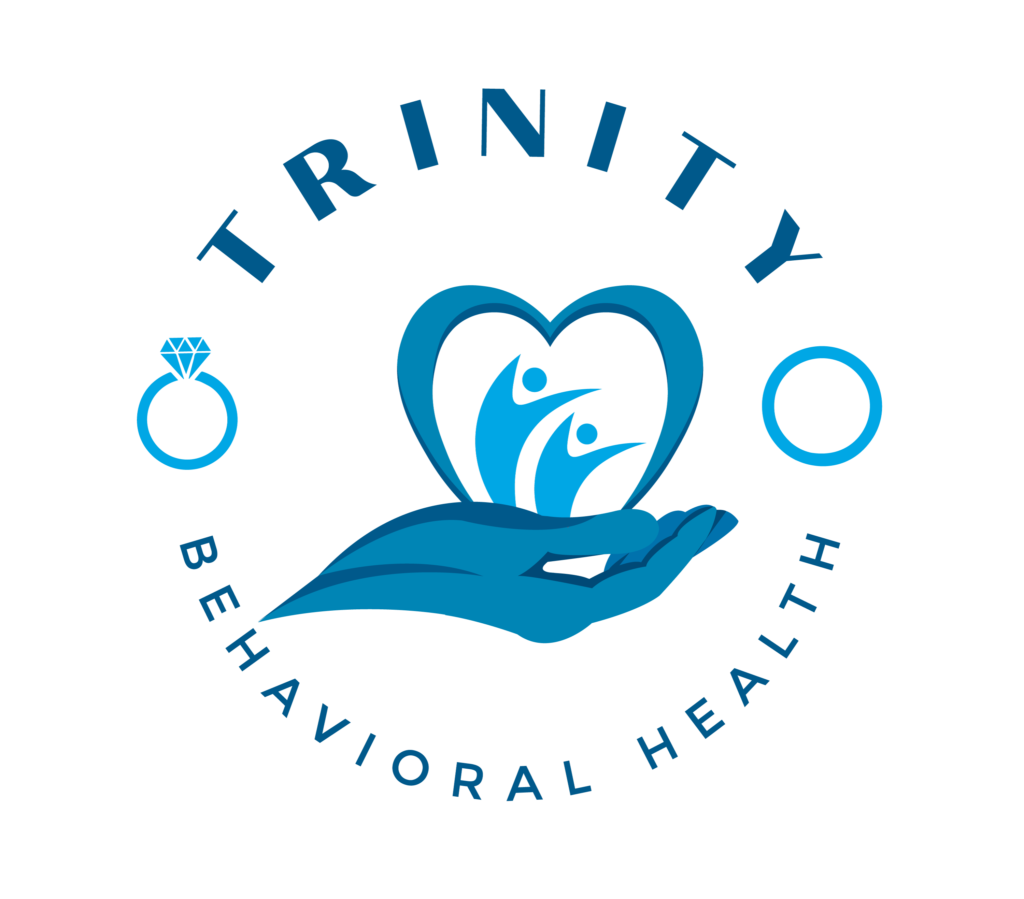Access to mental health care remains a major challenge across the U.S., especially for underserved populations. Long wait times, provider shortages, and logistical barriers keep many from receiving the help they need. Virtual Intensive Outpatient Program (IOP) are emerging as a vital solution, bridging the gap between need and access. By delivering structured, evidence-based care remotely, virtual IOPs are transforming mental health treatment into something more inclusive, flexible, and reachable.
Reaching Underserved Communities
Many individuals live in regions where mental health professionals are scarce. Virtual IOPs eliminate geographical limitations, bringing therapy and support to people in both rural and urban areas without adequate local resources. As long as someone has internet access and a device, they can receive high-quality care.
Shortening Wait Times for Treatment
Traditional outpatient programs often have weeks- or months-long waitlists. Virtual IOPs help alleviate this issue by tapping into a broader network of therapists and group facilitators. This allows for faster intake processes and quicker program enrollment, which can be critical for those in crisis.
Enhancing Continuity of Care
Patients transitioning from inpatient rehab or hospital stays often face a gap in support once discharged. Virtual IOPs offer a seamless next step, helping individuals maintain progress and prevent relapse. The flexibility of virtual care supports consistent attendance during life’s transitions, such as returning to work or school.
Reducing Transportation and Mobility Barriers
For individuals without reliable transportation, those with disabilities, or caregivers who cannot easily leave home, attending in-person therapy can be nearly impossible. Virtual IOPs eliminate these barriers, allowing participants to receive treatment in a way that fits their physical and logistical needs.
Promoting Diverse and Specialized Care
Virtual platforms give individuals access to therapists with specific expertise that may not be available locally. Whether it’s trauma-informed care, LGBTQ+ affirming support, or culturally responsive therapy, virtual IOPs empower people to find care that truly meets their personal needs.
Conclusion
FAQs
Q1: Who is a good candidate for a virtual IOP?
A: Virtual IOPs are ideal for individuals who need structured treatment but do not require 24/7 supervision. This includes people with moderate anxiety, depression, PTSD, or those transitioning from inpatient care.
Q2: How do virtual IOPs ensure participant engagement?
A: Programs often use video conferencing tools with interactive features, check-ins with therapists, and group accountability to foster engagement. Participants also receive individual sessions alongside group therapy.
Q3: Are family members allowed to be involved in virtual IOPs?
A: Yes. Many virtual IOPs incorporate family therapy or education sessions to involve loved ones in the recovery process, which can significantly improve outcomes.
Q4: Do virtual IOPs provide medication management?
A: Some programs offer integrated psychiatric services, including medication evaluation and management via telehealth. Others may coordinate with external providers for this aspect of care.
Q5: What technology is needed to participate in a virtual IOP?
A: A reliable internet connection, a smartphone, tablet, or computer, and a private space for sessions are typically all that’s needed. Many programs also provide tech support to help participants get set up.
